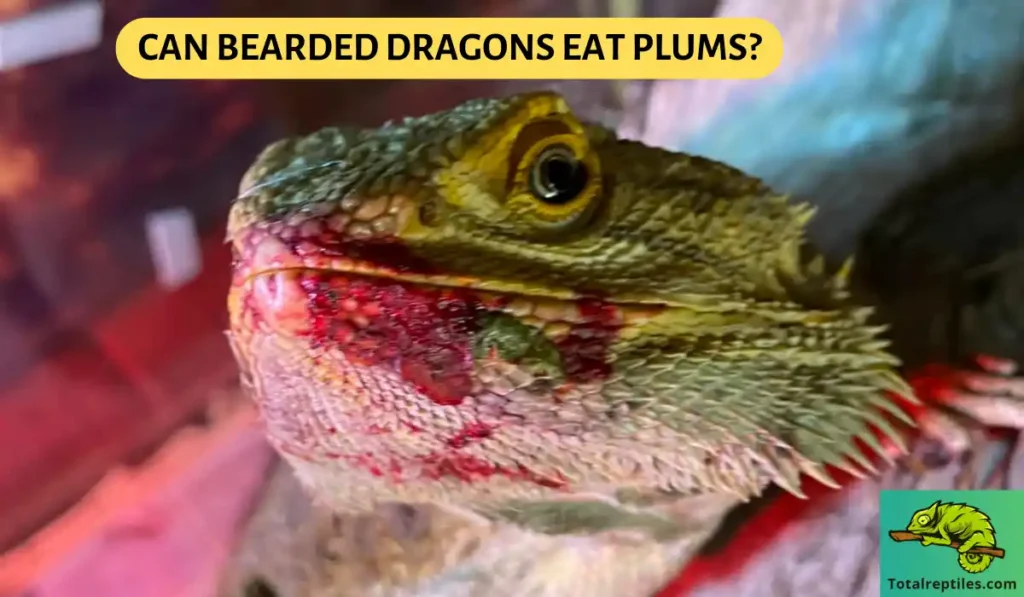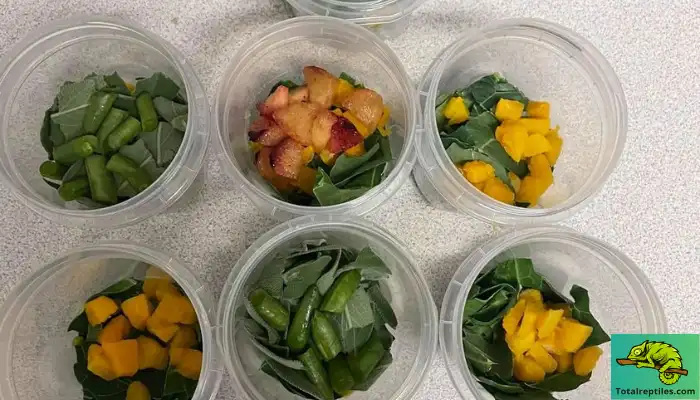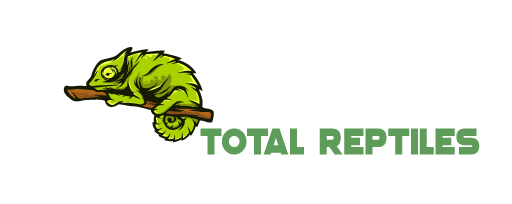Your bearded dragon can eat on some plum slices, but there are a few cautions to remember. Plums offer a bit of a nutritional boost with vitamins A and C that can benefit your dragon’s health. They should only be fed in moderation because they are highly acidic and sugary.
As bearded dragon owners, we always want to provide our pets with foods that will keep them happy and healthy.
Moderation and prudence are crucial when introducing new food, as often. Beardies can look forward to a delightful, low-calorie snack when this fruit is presented properly. This article will discuss providing your dragon plums without endangering their health.

Nutritional Profile of Plums
Plums can be a tasty and occasional addition to a bearded dragon’s diet. They are a fruit with a range of vital nutrients renowned for their juicy and sweet taste. The nutritional values presented here are based on USDA Food Data Central data.
| Nutrient | Amount |
| water | 87.2 |
| Calories | 46 kcal |
| Protein | 0.7 g |
| Carbohydrates | 11.4 g |
| Dietary Fiber | 1.4 g |
| Sugars | 9.9 g |
| Fat | 0.3 g |
| Calcium | 6 mg |
| Potassium | 157 mg |
| Phosphorus | 16 mg |
| Vitamin C | 9.5 mg |
| Vitamin A | 345 IU |
| Vitamin K | 6.4 µg |
Here’s an overview of the key nutrients:
- Vitamin C – Plums contain nearly 10mg of vitamin C per 100g. This antioxidant helps boost the immune system and prevent cell damage. It also aids in collagen production and tissue repair. Great news for healthy scales!
- Vitamin K – Important for blood clotting and bone metabolism. The 6.4μg per 100g gives my beardie’s body what it needs for strong, healthy bones.
- Vitamin A – Thanks to all that beta-carotene, this fruit can provide my dragon with this essential vitamin for good vision, reproductive health, and more.
- Potassium – With 157mg per 100g, helps maintain fluid balance and smooth muscles and nerves.
- Fiber – The fiber supports my dragon’s digestive system even with just 1.4g per 100g.
- Antioxidants – Plums contain antioxidants that boost immunity and fight cell damage.
So, plums have a solid nutritional profile overall! But remember, too much of a good thing may be harmful. We’ll need to keep portions small to avoid any issues from the sugar and acidity.
Want To Know More About The Bearded Dragon Diet:
Can Bearded Dragons Eat persimmons?
Can bearded dragons eat dragon fruit?
Can bearded dragons eat mulberries?
Risks of Feeding Plums to Bearded Dragons
Although plums have certain nutritional advantages, there are also possible hazards associated with feeding plums to your bearded dragon. Let’s address a few of the significant concerns:
- High sugar content – this fruit contains around 7g of sugar per 100g. That’s a lot compared to other fruits! Sugar excessive consumption can lead to diabetes, obesity, and other health problems.
- Acidity – Plums are fairly acidic fruits with a pH of around 2.9. This acidity can irritate a bearded dragon’s sensitive stomach and digestive tract, especially if they eat the skin. It’s best to remove the skin before feeding.
- Calcium-phosphorus ratio – Ca:P ratios of at least 1:1 are required for bearded dragons. But in plums, there’s nearly 3x more phosphorus than calcium! This imbalance can prevent proper calcium absorption and lead to metabolic bone disease.
- Choking hazard – The pits and skin of plums can pose a choking risk if accidentally swallowed by your bearded dragon.
- Pesticides – Non-organic plums may contain pesticide residues. Toxic exposure can cause serious neurological and organ damage. Always choose organic!
- Dehydration – The high water content could lead to dehydration if fed too often as your bearded dragon’s primary hydration source. Stick to fresh water instead.
Yikes! That’s a lot to consider. But like most treats, plums can be fed safely in strict moderation. Limit intake to a few bites just once or twice a month. Monitor your dragon closely for signs of digestive distress or obstruction.
How To Safely Feed Plums To Bearded Dragons
Now, let’s talk about a safe way to feed plums to your bearded dragon. For a happy and healthy plum-eating experience, follow these guidelines:

- Wash thoroughly – Rinse well under running water to remove pesticides, dirt, and bacteria. Scrub the skin, even if you plan to remove it.
- Remove pit – Slice the plum open and remove the large pit before serving. It could cause intestinal blockage if eaten.
- Dice into bites – Cut the plum flesh into small cubes no larger than the space between your dragon’s eyes. This prevents choking.
- Limit frequency – Only offer plums 1-2 times monthly as an occasional treat. They shouldn’t replace staple greens and proteins.
- Watch portions – Stick to a few cubed pieces per serving, roughly 2-3 cubes for an adult dragon. Overfeeding can cause health issues.
- Signs of trouble – Monitor your dragon for signs of digestive upset like lack of appetite or loose stool after eating plums.
- Ask your vet – If unsure about new foods, consult your exotic vet for a personalized diet and serving size advice.
Following these precautions will allow your bearded dragon to enjoy plums safely and reap the vitamins they offer! But fruits should never outweigh veggies and insects in their daily menu.
Conclusion
Plums can be fed to beardies in strict moderation as an occasional treat. A few bite-sized pieces once or twice a month won’t harm. But routine overfeeding can put dragon’s health at risk. Always monitor closely for signs of digestive upset or obstruction when introducing new foods.
While plums provide some beneficial vitamins and minerals, they don’t have the ideal calcium-phosphorus balance required for staple beardie foods. They’re tasty but lack key nutrition to form a daily dietary foundation. Stick with veggies, leafy greens, and live insects as your dragon’s mainstay.

